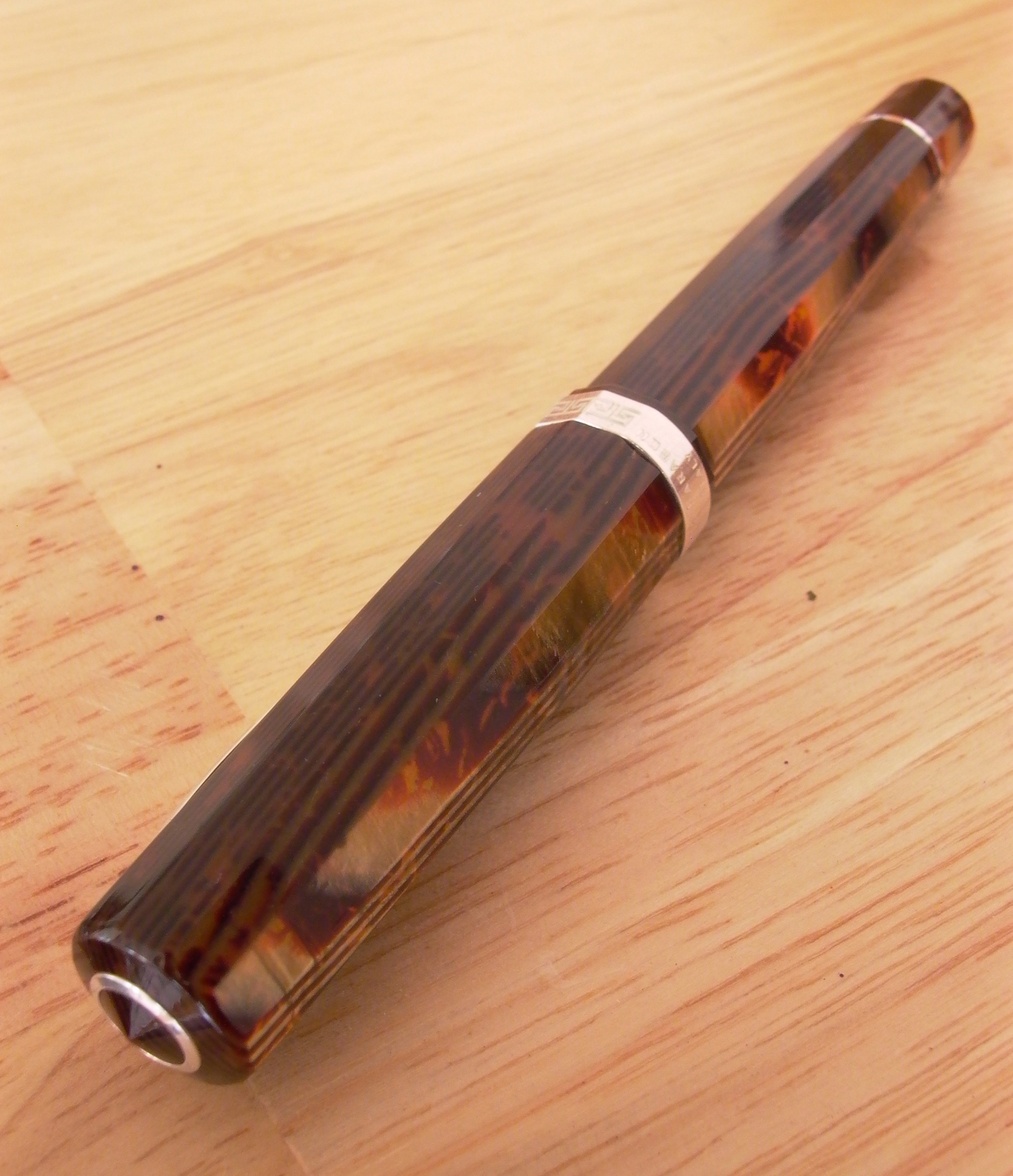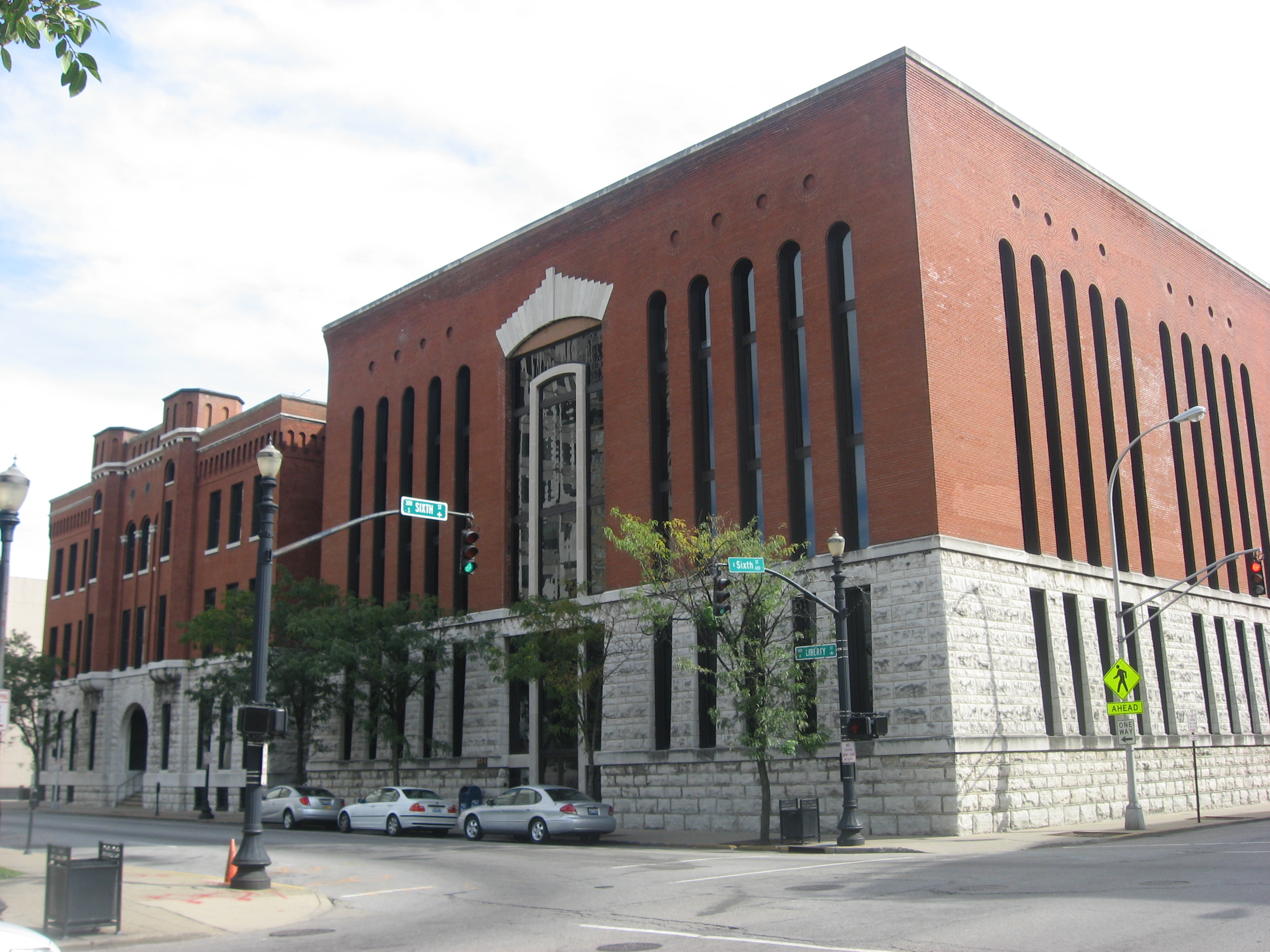|
Prison Ring
A prison ring is a type of plastic jewelry fashioned by hand in prisons, by working scrap plastic material, commonly celluloid items such as a toothbrush or a pen. Celluloid was historically a popular material since it could be heat bonded and glues were often less available. A common feature of prison rings were small photos mounted on the bezel. The rings were produced as early as the 1920s. Rainey Bethea Rainey Bethea ( – August 14, 1936) was the last person publicly executed in the United States. Bethea, who confessed to the rape and killing of a 70-year-old woman named Lischia Edwards, was convicted of her rape and publicly hanged in Owensb ..., the last person to be publicly executed in the United States, was caught after a 1936 rape and murder because he left a distinctive prison ring at the murder scene. References Jewellery components Penal imprisonment Folk art {{prison-stub ... [...More Info...] [...Related Items...] OR: [Wikipedia] [Google] [Baidu] |
Jewelry
Jewellery ( UK) or jewelry (U.S.) consists of decorative items worn for personal adornment, such as brooches, rings, necklaces, earrings, pendants, bracelets, and cufflinks. Jewellery may be attached to the body or the clothes. From a western perspective, the term is restricted to durable ornaments, excluding flowers for example. For many centuries metal such as gold often combined with gemstones, has been the normal material for jewellery, but other materials such as glass, shells and other plant materials may be used. Jewellery is one of the oldest types of archaeological artefact – with 100,000-year-old beads made from ''Nassarius'' shells thought to be the oldest known jewellery.Study reveals 'oldest jewellery' , '' |
Celluloid
Celluloids are a class of materials produced by mixing nitrocellulose and camphor, often with added dyes and other agents. Once much more common for its use as photographic film before the advent of safer methods, celluloid's common contemporary uses are table tennis balls, musical instruments, combs, office equipment, and guitar picks. History Nitrocellulose Nitrocellulose-based plastics slightly predate celluloid. Collodion, invented in 1848 and used as a wound dressing and an emulsion for photographic plates, is dried to a celluloid like film. Alexander Parkes The first celluloid as a bulk material for forming objects was made in 1855 in Birmingham, England, by Alexander Parkes, who was never able to see his invention reach full fruition, after his firm went bankrupt due to scale-up costs. Parkes patented his discovery as Parkesine in 1862 after realising a solid residue remained after evaporation of the solvent from photographic collodion. Parkes patented it as a clothi ... [...More Info...] [...Related Items...] OR: [Wikipedia] [Google] [Baidu] |
Bezel (jewellery)
A bezel is a wider and usually thicker section of the hoop of a ring, which may contain a gem or a flat surface (usually with an engraved design, as in a signet ring). Rings are normally worn to display bezels on the upper or outer side of the finger. In gem-cutting the term ''bezel'' is used for those sloping facets (also called sides or faces) of a cut stone that surround the flat ''table'' face,OED, "Bezel" noun, 1 and 2; "In lapidary usage, the oblique sides or faces of a cut gem", Campbell. which is the large, horizontal facet on the top. More broadly, bezels are found on tools and appliances. The sloping face of a chisel is known as a bezel. In vehicles, it is the part of the bodywork that surrounds a headlight or turn signal. On a cell phone or tablet, it is the back surface that frames the LCD screen. The word may also refer to a bezel setting for a stone, which is a general term for a setting holding the stone in place with a raised metal rim for the stone, the rim's li ... [...More Info...] [...Related Items...] OR: [Wikipedia] [Google] [Baidu] |
Rainey Bethea
Rainey Bethea ( – August 14, 1936) was the last person publicly executed in the United States. Bethea, who confessed to the rape and killing of a 70-year-old woman named Lischia Edwards, was convicted of her rape and publicly hanged in Owensboro, Kentucky. Mistakes in performing the hanging, and the surrounding media circus, contributed to the end of public executions in the United States. Early life Little is known about Bethea's life before he arrived in Owensboro in 1933. Born around 1909 in Roanoke, Virginia, Bethea was an African-American man orphaned after the death of his mother in 1919 and his father in 1926. He worked for the Rutherford family and lived in their basement for about a year, and then he moved to a cabin behind the house of a man named Emmett Wells. He worked as a laborer and later rented a room from a woman, Mrs. Charles Brown. He also attended a Baptist church. Bethea's first run-in with the law happened in 1935, when he was charged with breach of the ... [...More Info...] [...Related Items...] OR: [Wikipedia] [Google] [Baidu] |
Publicly Executed
A public execution is a form of capital punishment which "members of the general public may voluntarily attend." This definition excludes the presence of only a small number of witnesses called upon to assure executive accountability. The purpose of such displays has historically been to deter individuals from defying laws or authorities. Attendance at such events was historically encouraged and sometimes even mandatory. While today most countries regard public executions with distaste, they have been practiced at some point in history nearly everywhere. At many points in the past, public executions were preferred to executions behind closed doors because of their capacity for deterrence. However, the actual efficacy of this form of terror is disputed. They also allowed the convicted the opportunity to make a final speech, gave the state the chance to display its power in front of those who fell under its jurisdiction, and granted the public what was considered to be a great spect ... [...More Info...] [...Related Items...] OR: [Wikipedia] [Google] [Baidu] |
Jewellery Components
Jewellery ( UK) or jewelry (U.S.) consists of decorative items worn for personal adornment, such as brooches, rings, necklaces, earrings, pendants, bracelets, and cufflinks. Jewellery may be attached to the body or the clothes. From a western perspective, the term is restricted to durable ornaments, excluding flowers for example. For many centuries metal such as gold often combined with gemstones, has been the normal material for jewellery, but other materials such as glass, shells and other plant materials may be used. Jewellery is one of the oldest types of archaeological artefact – with 100,000-year-old beads made from ''Nassarius'' shells thought to be the oldest known jewellery.Study reveals 'oldest jewellery' , '' |
Penal Imprisonment
Penal is a town in south Trinidad, Trinidad and Tobago. It lies south of San Fernando, Princes Town, and Debe, and north of Moruga, Morne Diablo and Siparia. It was originally a rice- and cocoa-producing area but is now a rapidly expanding and developing town. The population is 12,281. The heart of Penal contains many businesses while the outskirts focus on agricultural development. Penal has a market, police station, branches of three banks (Scotiabank, Republic Bank and First Citizens Bank) health facilities, grocery stores, convenience stores, bars, fast food restaurants, service stations, restaurants, puja stores, an Indian expo, and clothing stores. Penal plays a major role in the energy supply to the nation's populace. Petrotrin, the national oil company, has a major sub-unit in Clarke Road and the National Gas Company has gas lines running through Penal that links the gas fields of the South East Coast and the industrial estates. One of the countries three major power gene ... [...More Info...] [...Related Items...] OR: [Wikipedia] [Google] [Baidu] |





